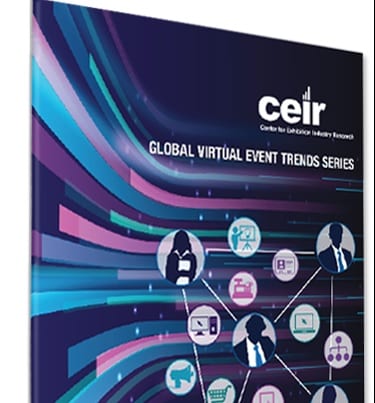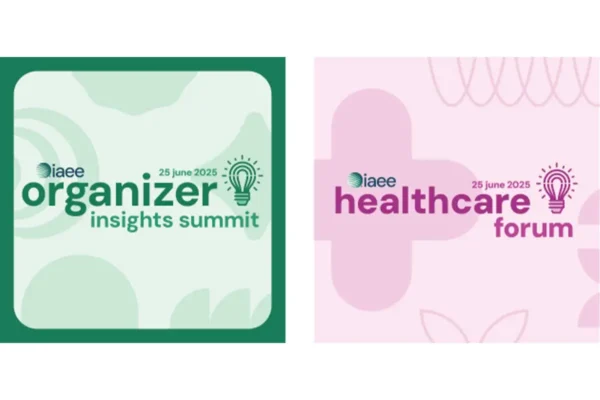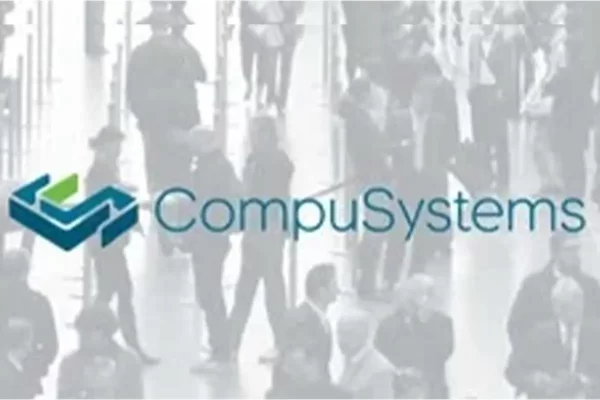Report One – Anatomy of Virtual Events and Financial Outcomes
The Center for Exhibition Industry Research released the first report in a three-part series that will provide hotly sought-after details on virtual events. CEIR’s Global Virtual Event Trends Series examines insights among organizations that traditionally run or manage in-person business-to-business (B2B) exhibitions.
 “CEIR is grateful for the generous support from over a dozen organizations that have made this research and benchmarks for the global B2B exhibition industry possible,” says CEIR CEO Cathy Breden (pictured right), CMP, CAE, CEM. “We thank them for enabling us to fulfill our mission of providing the industry with insights based on objective, unbiased research that will help our stakeholders understand and successfully respond to these trends in the midst of the historic pandemic. Through the generous financial support from Swapcard, these reports are available for download from CEIR’s website to the industry at no cost.”
“CEIR is grateful for the generous support from over a dozen organizations that have made this research and benchmarks for the global B2B exhibition industry possible,” says CEIR CEO Cathy Breden (pictured right), CMP, CAE, CEM. “We thank them for enabling us to fulfill our mission of providing the industry with insights based on objective, unbiased research that will help our stakeholders understand and successfully respond to these trends in the midst of the historic pandemic. Through the generous financial support from Swapcard, these reports are available for download from CEIR’s website to the industry at no cost.”
Report One – Anatomy of Virtual Events and Financial Outcomes details extensive 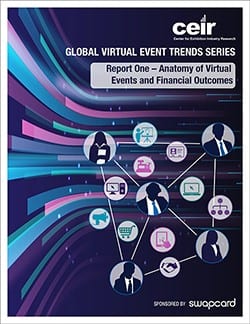 baseline data on elements that are typically included in a virtual event, as well as performance outcomes regarding participation and financially.
baseline data on elements that are typically included in a virtual event, as well as performance outcomes regarding participation and financially.
 “COVID-19 has blindsided the B2B exhibition industry worldwide,” notes CEIR Vice President of Research Nancy Drapeau (pictured right), PRC. “While in-person events remain paused in many geographic regions, B2B exhibition organizers have jumped into the virtual event space. Many are doing so for the first time. CEIR’s Research Council saw the need to provide insights to these executives to help them understand how to plan for such events and see how their events compare to fast-evolving industry norms. And so, this study was launched. This report provides the baseline data of what organizers are doing today.”
“COVID-19 has blindsided the B2B exhibition industry worldwide,” notes CEIR Vice President of Research Nancy Drapeau (pictured right), PRC. “While in-person events remain paused in many geographic regions, B2B exhibition organizers have jumped into the virtual event space. Many are doing so for the first time. CEIR’s Research Council saw the need to provide insights to these executives to help them understand how to plan for such events and see how their events compare to fast-evolving industry norms. And so, this study was launched. This report provides the baseline data of what organizers are doing today.”
Swapcard CEO Baptiste Boulard adds, “Swapcard is honored to have sponsored this global study that helps B2B exhibition organizers understand the benefits virtual events offer today and into the future.”
Report One – Anatomy of Virtual Events and Financial Outcomes affirms that most B2B exhibition organizer activity is due to COVID-19. However, results suggest many executives are interested in remaining active into the future.
Organizers say education drives attendance, and this report provides details on what education content is most popularly offered.

Brand marketers primarily aim to achieve two common business objectives. This report details virtual event offerings that are offered to respond to their interests.

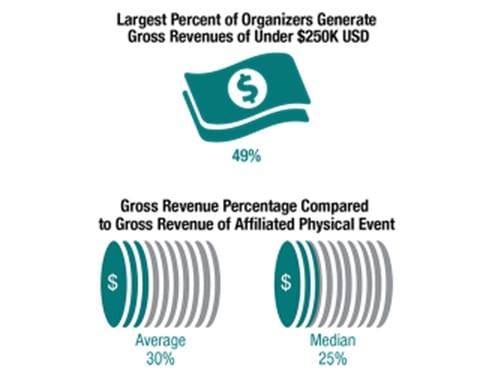 Financially, on average, virtual events are small (49 percent generate gross revenues of less than $250,000 USD) and are a fraction of the gross revenues of in-person physical events, where there is an affiliation. However, a surprise result is that net profit is achieved by many virtual event organizers who have reported their gross revenues and out-of-pocket costs.
Financially, on average, virtual events are small (49 percent generate gross revenues of less than $250,000 USD) and are a fraction of the gross revenues of in-person physical events, where there is an affiliation. However, a surprise result is that net profit is achieved by many virtual event organizers who have reported their gross revenues and out-of-pocket costs.
Report One – Anatomy of Virtual Events and Financial Outcomes consists of 42 pages that provide results on the following topics:
• Extent of virtual event activity today
• Taxonomy for events taking place on the Internet
• Core components of a virtual event
o Most popular content – education, networking and special activities, exhibitor/brand marketer promotions
o Whether charged to attend and how fees compare to affiliated in-person event fees
o Event length by number of days
o General and education session length by number of hours
• Motivation for attending and participating as a brand marketer/exhibitor
• Average virtual booth price compared to standard physical event booth price
• Use of AI to drive engagement
• Metrics to evaluate outcomes for participants
• Outcomes:
o Volume of attendance, exhibitors
o Gross revenues, out-of-pocket costs and net profit margins
• Staffing resources
Methodology
The survey fielded in October 2020. It was multilingual, giving respondents the choice of completing the survey in English, Spanish, Portuguese or Arabic. The sample was generated via the generous participation of multiple organizations globally, which invited qualified members and contacts to participate in this initiative. CEIR is grateful for their generous support that made this research and reports for the global B2B exhibitions industry possible. These organizations include:
• American Society of Association Executives (ASAE)
• Association of African Exhibition Organizers (AAXO)
• Canadian Association of Exposition Management (CAEM)
• 1st Arabia for Tradeshows and Conferences
• Federación de Entidades Organizadoras de Congresos y Afines de América Latina (COCAL)
• Healthcare Convention & Exhibitors Association (HCEA)
• International Association of Exhibitions and Events (IAEE)
• Philippine Association of Convention/Exhibition Organizers and Suppliers Inc. (PACEOS)
• Singapore Association of Convention & Exhibition Organisers & Suppliers (SACEOS)
• Society of Independent Show Organizers (SISO)
• Trade Fair Times, India
• Informa Mexico
• União Brasileira dos Promotores Feiras (UBRAFE)
A total of 463 executives responded to the invitation to participate in the study, of which 346 were qualified to participate and completed the survey. The response rate is seven percent. Total percentage results provide statistically reliable results of plus or minus five percent or better, at the 95 percent interval.
The complete three-part series will be published over the course of the next several months and will include:
• Report One – Anatomy of Virtual Events and Financial Outcomes
• Report Two – Lessons Learned To-date and Technologies Used
• Report Three – Case Study Examples
CEIR’s Global Virtual Events Trends Series is available from the CEIR website at no cost due to the generous financial support by Swapcard. Click here to download Report One – Anatomy of Virtual Events and Financial Outcomes.
The Center for Exhibition Industry Research serves to advance the growth, awareness and value of exhibitions and other face-to-face marketing events by producing and delivering knowledge-based research tools that enable stakeholder organizations to enhance their ability to meet current and emerging customer needs, improve their business performance and strengthen their competitive position. For more info, visit www.ceir.org.






